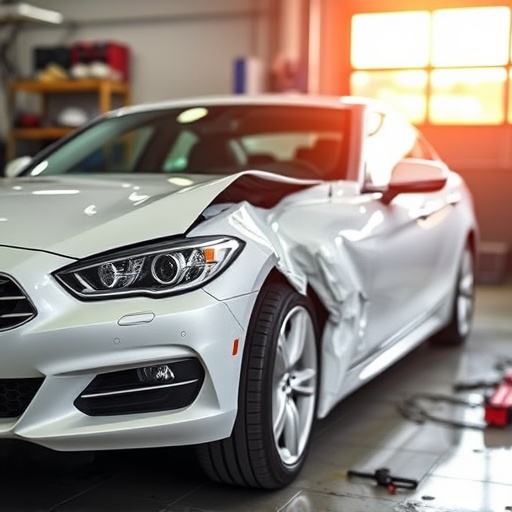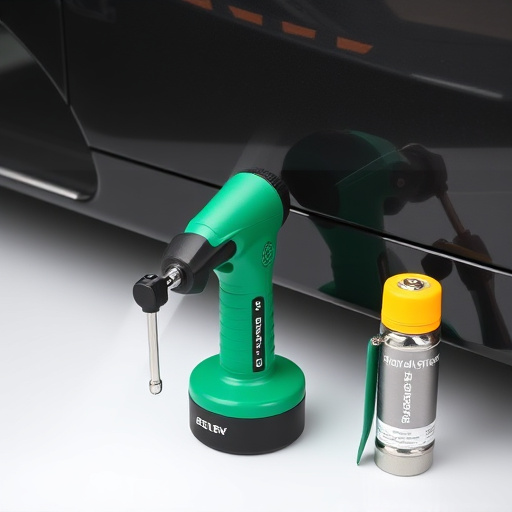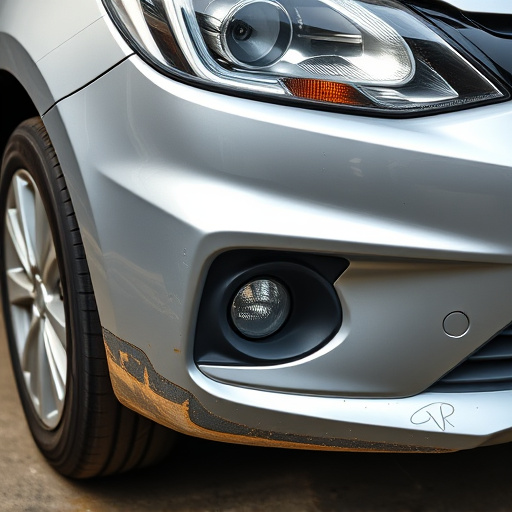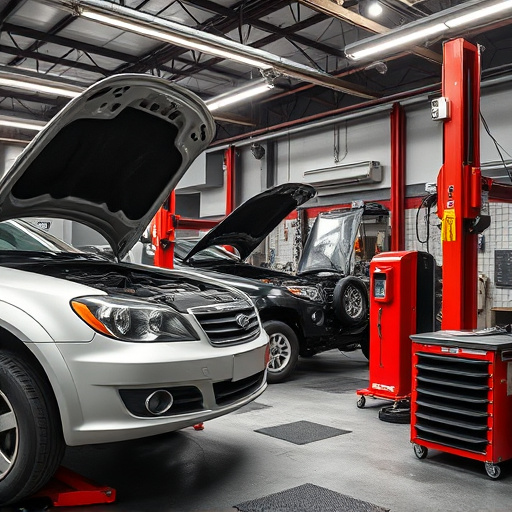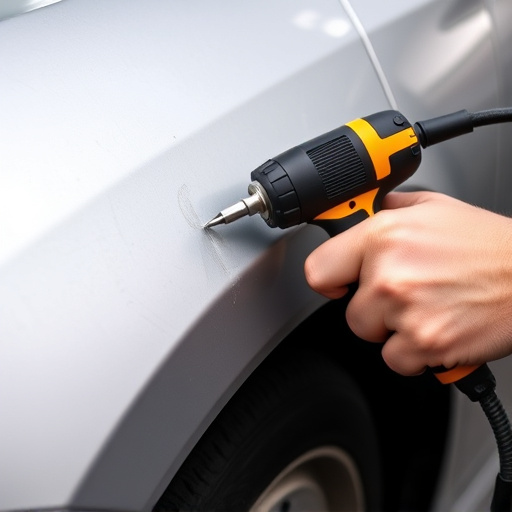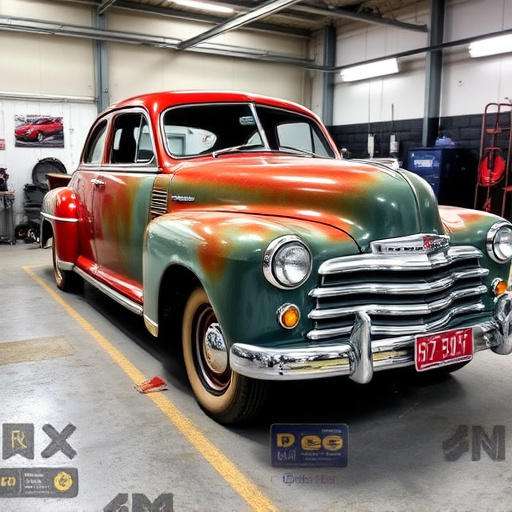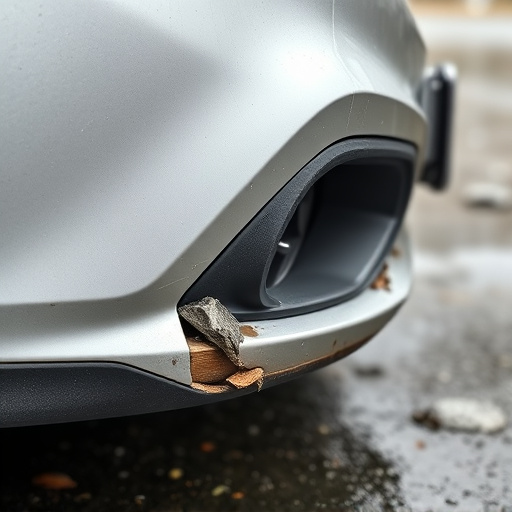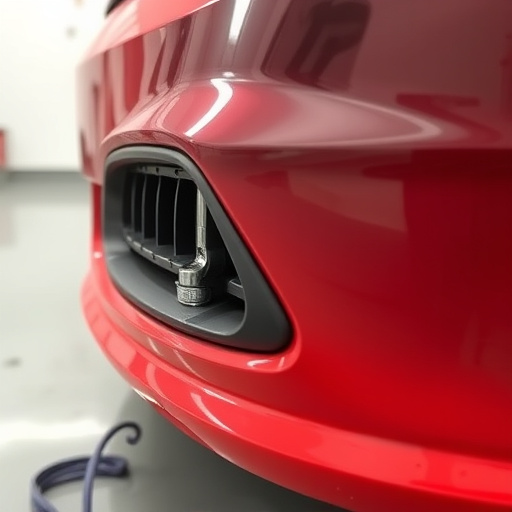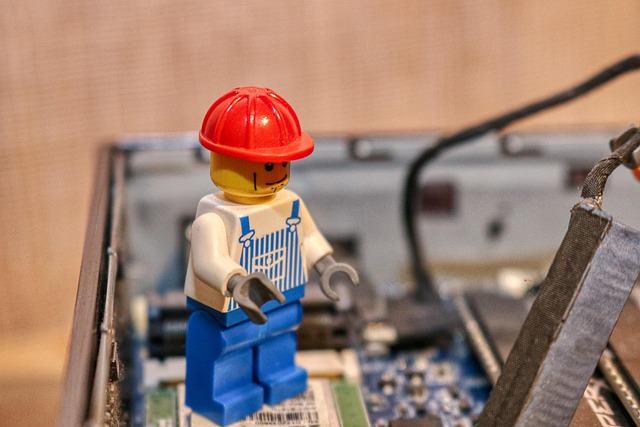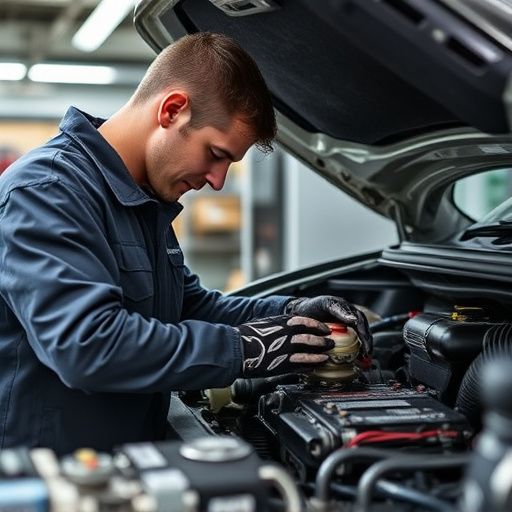Adhering to OEM repair procedures ensures precise, consistent, and high-quality vehicle repairs, especially for luxury brands like Mercedes Benz. These guidelines streamline workflows, maintain original standards, enhance customer satisfaction, and preserve vehicle value through detailed instructions and specific part requirements, making them essential for auto collision centers.
In today’s competitive auto repair landscape, understanding and adhering to Original Equipment Manufacturer (OEM) repair procedures is vital for any shop. These guidelines ensure repairs that are safe, reliable, and consistent with vehicle makers’ standards. By following OEM protocols, shops can enhance customer satisfaction, reduce recall risks, and foster their reputation as trusted experts. This article explores the fundamentals of OEM repair procedures, highlights their advantages, and provides practical tips for implementation.
- Understanding OEM Repair Procedures: The Basics
- Benefits of Following OEM Guidelines for Your Shop
- Implementing OEM Repair Procedures: Best Practices and Tips
Understanding OEM Repair Procedures: The Basics
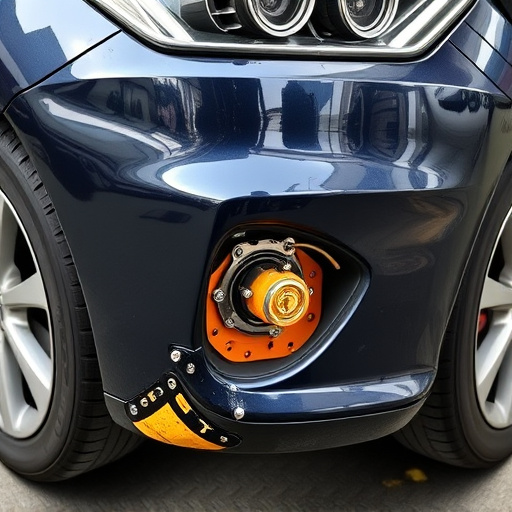
Understanding OEM Repair Procedures: The Basics
OEM (Original Equipment Manufacturer) repair procedures are essential guidelines that dictate the step-by-step process for fixing and restoring vehicles, especially high-end brands like Mercedes Benz. These procedures serve as a comprehensive blueprint, ensuring that every repair is carried out with precision and consistency, maintaining the vehicle’s original standards. Each stage of the process is meticulously designed to address specific components and systems, from basic diagnostics to complex assembly, focusing on both functionality and aesthetics in automotive body work.
For Mercedes Benz repair or any vehicle repair, adhering to OEM procedures is paramount. It ensures that the repair shop uses the correct tools, parts, and techniques, guaranteeing not just safe and reliable repairs but also preserving the vehicle’s value and performance. By following these procedures, shops can offer customers top-tier service, fostering trust and satisfaction in their automotive care.
Benefits of Following OEM Guidelines for Your Shop
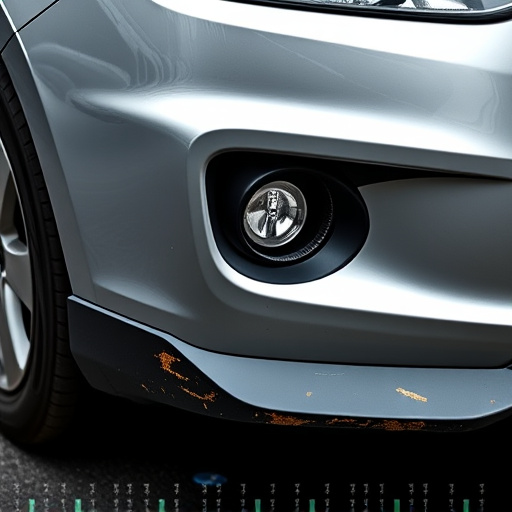
Adhering to OEM (Original Equipment Manufacturer) guidelines for your car repair shop brings numerous advantages. It ensures that repairs are carried out accurately and consistently, adhering to the specific standards set by vehicle manufacturers. This precision is crucial when it comes to complex tasks like auto glass replacement or intricate Mercedes-Benz collision repair work. By following these guidelines, your shop can maintain a high level of quality control, ensuring customer satisfaction and safety.
Additionally, staying aligned with OEM procedures fosters efficiency in your workflow. These guidelines provide detailed step-by-step instructions for various repairs, streamlining the process and reducing the time needed to complete tasks. For example, following these protocols for something as vital as a Mercedes Benz collision repair can significantly minimize downtime and potential costly errors, ultimately benefiting both your shop’s reputation and the satisfaction of its clients.
Implementing OEM Repair Procedures: Best Practices and Tips
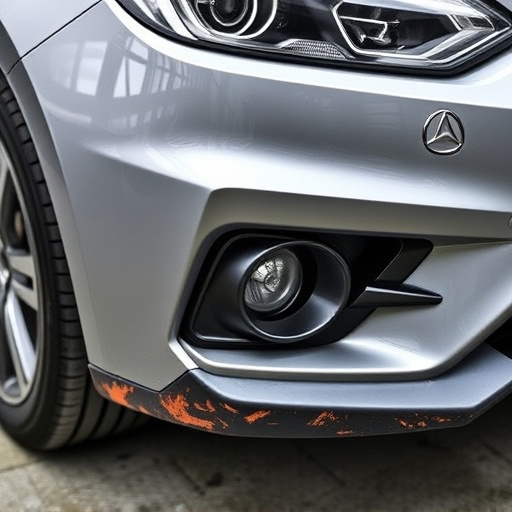
Implementing OEM (Original Equipment Manufacturer) repair procedures is a best practice for any auto collision center or luxury vehicle repair shop aiming to deliver top-notch services. These guidelines ensure that repairs are carried out using parts and methods specified by the vehicle manufacturer, maintaining the original quality, safety, and reliability of the vehicle.
When adopting OEM repair procedures, tips include staying updated with the latest industry standards and manufacturer recalls, investing in proper training for staff, and utilizing authentic replacement parts. A well-organized and standardized process facilitates efficient collision repair services, ensuring customer satisfaction and preserving the vehicle’s original value. This approach is especially crucial for luxury vehicle repairs, where precision and attention to detail are paramount.
OEM repair procedures are essential for any repair shop aiming to deliver high-quality, reliable results. By adhering to these guidelines, shops can ensure they’re using authentic parts, maintaining precision during repairs, and ultimately enhancing customer satisfaction. Investing time in understanding and implementing best practices around OEM procedures pays dividends in the form of improved efficiency, reduced warranty claims, and stronger shop reputation.

